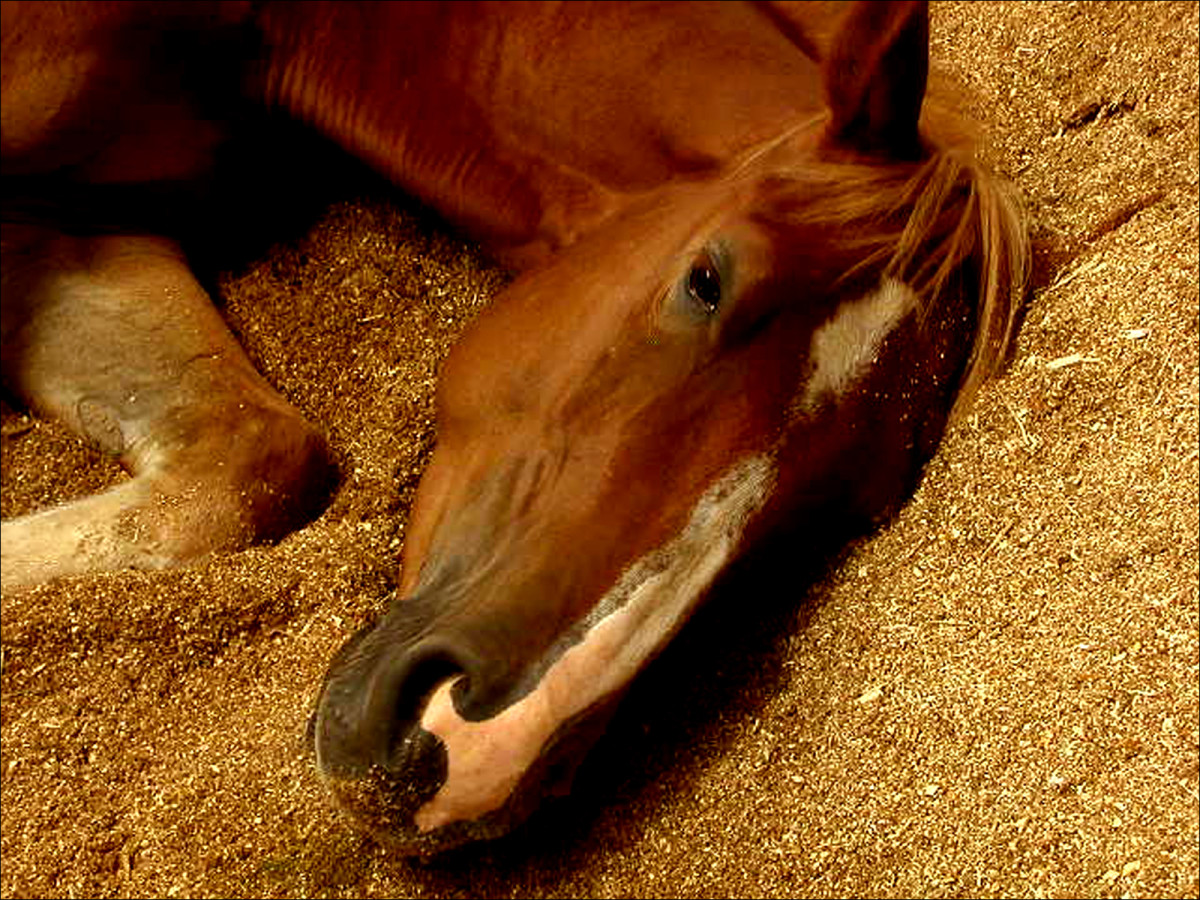
Many horses spend a considerable portion of their days confined to stalls. One concern with this stabling practice centers on hygiene and the associated problems in health issues related to the stable environment.
In the Journal of Applied Microbiology (2016 Sep 23), K. Yarnell, et al., shared their findings in an article entitled “Reducing exposure to pathogens in the horse; A preliminary study into the survival of bacteria on a range of equine bedding types.”
While bedding has been evaluated for moisture absorbency and impact on behavior, the potential for airborne contamination was the focus of this study. Pine shavings are a common bedding that is known for its anti-pathogen properties, possibly related to the polyphenols contained in wood. The researchers examined the survival of the following common equine bacterial pathogens: Streptococcus equi (strangles), Streptococcus zooepidemicus, Fusobacterium necrophorum (thrush), Dermatophilus congolensis (mud fever), and Dichelobacter nodosus. The beddings evaluated were Scots pine, Corsican pine and Sitka spruce shavings, as well as hemp and chopped wheat straw.
Pine-based and spruce bedding were able to absorb more moisture (i.e., urine) than the other bedding types and continued to do so for up to 24 hours, whereas hemp and straw only absorbed moisture for eight hours. This is important because the nitrogen in urine promotes bacterial growth. The pine and spruce bedding demonstrated greater anti-bacterial capacity than hemp and straw.
Author’s note: Information like this is helpful when advising your clients on management practices that promote the best health for their stabled horses.








